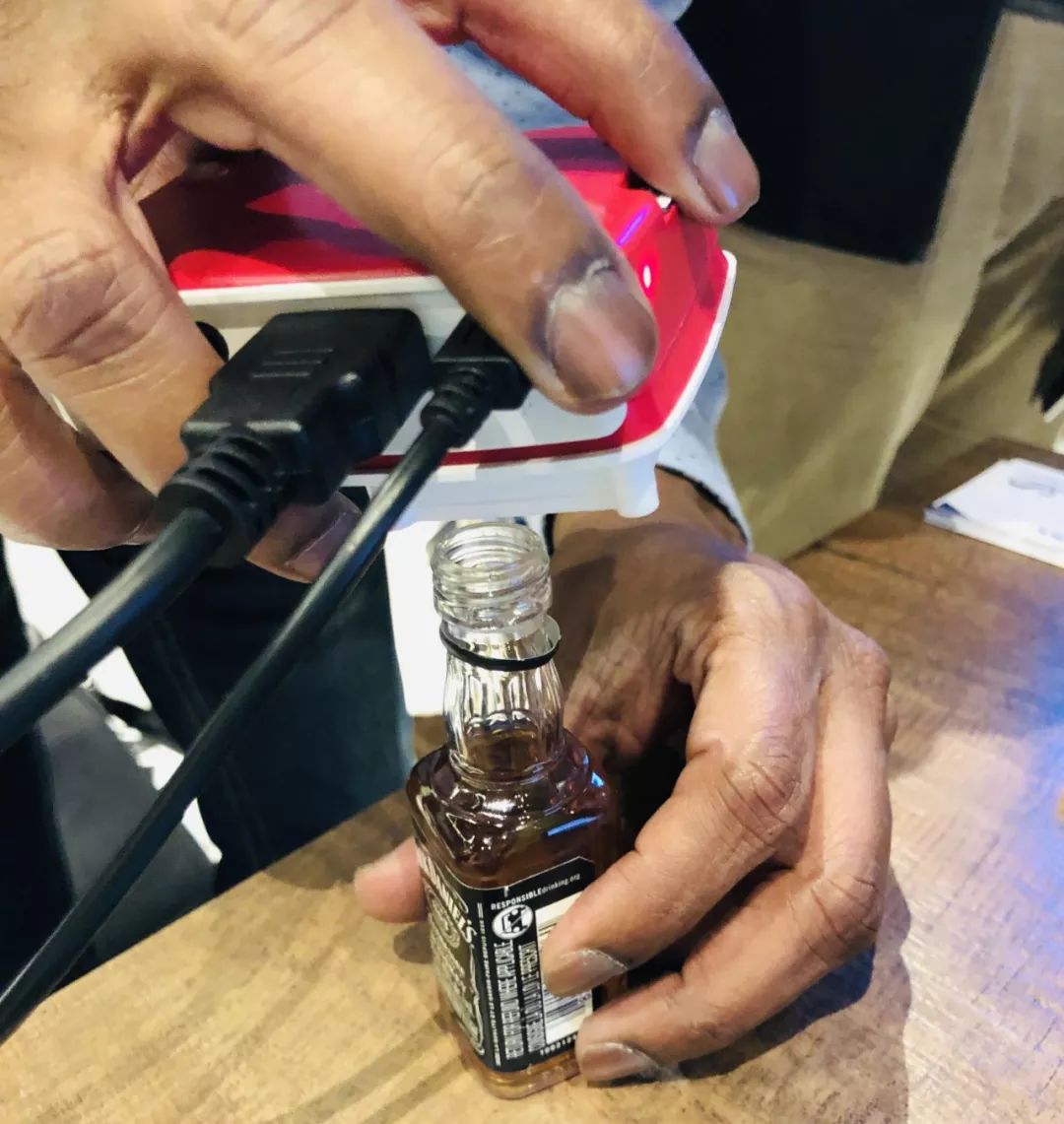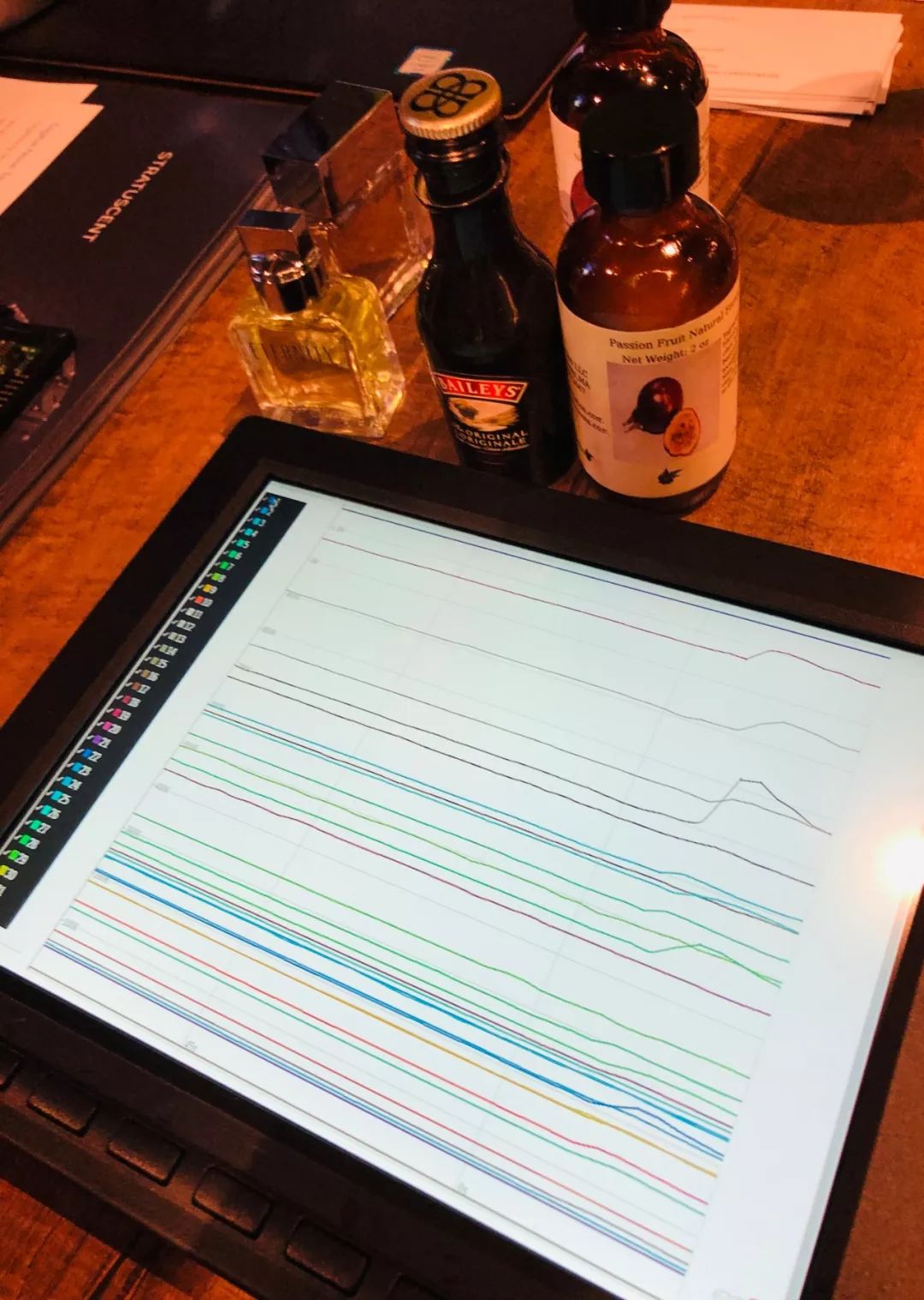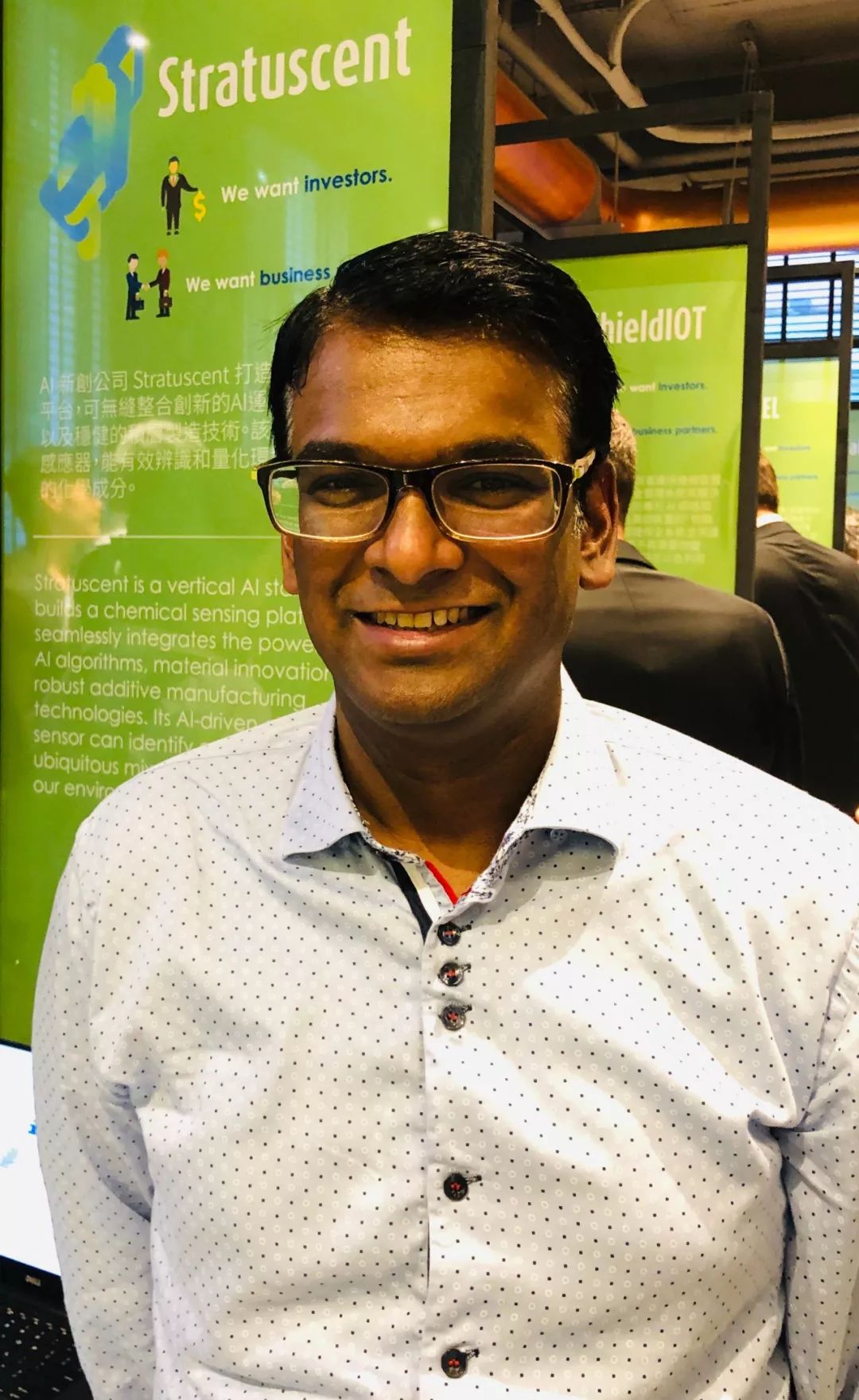Research on enabling machines to have vision, hearing, and the ability to distinguish objects and recognize voices has yielded many results in the wave of artificial intelligence. In fact, giving machines a sense of smell is also a topic of interest for many researchers. In June 2018, researchers from Loughborough University and Western General Hospital in the UK developed a deep learning-based method that can analyze compounds in human breath and detect diseases such as cancer.
Andrea Soltoggio, a lecturer at Loughborough University who participated in this research project, pointed out in The Conversation that animals and even plants use their sense of smell to identify hundreds of substances in the air. However, human olfaction is not as developed as that of other animals. For this reason, humans are not particularly aware that there is a wealth of information transmitted through the air. To establish a highly sensitive olfactory system for perception, artificial intelligence can be of assistance.
Therefore, they utilized deep learning networks and breath samples from cancer patients to train a specialized AI system that reads scent traces, capable of identifying specific compounds in breath, such as aldehydes, which are often used in perfumes but are also related to human stress levels and diseases.
The goal is to create a digital nose chip that costs $10

Using AI olfaction to detect medical diseases still requires long-term validation before it can be widely adopted. However, if applied in other industries, the commercial potential is also significant, and the implementation speed can be much faster. A Canadian startup, Stratuscent, has developed a chemical sensor chip paired with a cloud-based machine learning platform that can identify and quantify chemical components in the environment in real-time. They have already begun testing with clients in the food, cooking equipment, smart home, and healthcare industries.
In simple terms, “it’s about creating a digital nose for machines,” said Ashok Parch Masilamani, founder and CTO of Stratuscent, in an interview with DT. Stratuscent uses a portion of a patent licensed from NASA’s Jet Propulsion Laboratory to develop a chip called CumULUS, which features 32 chemical sensors and a cloud platform trained through machine learning to identify and analyze scents in real-time. When holding a perfume or alcohol close to the chip, the system immediately analyzes the chemical components contained within. Additionally, when different people exhale, the system can also identify the differences in their breath.


When the chip is near something with a scent, such as alcohol or perfume, AI will detect which chemical substances are present in the gas in real-time | DT
Identifying by Scent Fingerprints

He further explained that Stratuscent’s technology works similarly to how the nose functions. When we smell something, our nose generates a unique combination of signals, which are then processed and remembered, forming a record, much like a fingerprint. Later, when we encounter the scent again, the brain recalls it for recognition and comparison. Stratuscent’s sensor chip uses nanocomposite materials, which produce a unique digital fingerprint when they come into contact with any chemical substance, sending this digitized scent to the cloud AI engine for identification and classification of its chemical components.
Ashok Parch Masilamani, who studied Silicon Nanophotonics, served as CTO at Applied Nanotools, a semiconductor company specializing in X-ray optics and photonic-based chemical sensors, primarily for clients in the oil and gas industry, before founding Stratuscent.
With over 20 years of experience in the chemical sensor field, he analyzed that the current market for chemical sensing solutions is very fragmented. For example, standard gas sensors like electrochemical and metal oxide (MOX) can only detect a single specific gas/chemical substance.
In the “non-real-time” chemical detection sector, laboratories or research institutions have typically used gas chromatography-mass spectrometry (GC-MS) or ion-mass spectrometry analyzers to detect trace amounts of substances in the air for decades. The process is time-consuming because it requires experts to manually check and analyze large amounts of data, and these devices are difficult to miniaturize and expensive, ranging from $10,000 to $100,000, making them inaccessible for the average person.
Therefore, “there is a gap in the market for low-cost, real-time, multi-gas detection solutions,” said Ashok Parch Masilamani. Thus, Stratuscent’s goal is clearly focused on the “consumer-grade” market, and he also stated that the mass production price of the chip should be around $10, with plans to start mass production and sales in the second half of 2019.

Ashok Parch Masilamani, founder and CTO of Stratuscent | DT
In today’s era, smart devices have developed the ability to perceive the world almost like humans, including vision, hearing, and even touch. “Olfaction” also aids in understanding the environment, for example, smoke detectors in smart homes not only warn of smoke and fire risks but can also provide information about air quality, or in the future, refrigerators could proactively inform users when food is spoiled, or ovens could automatically adjust temperatures. These applications can all be realized by understanding the chemical substances in gases.
Currently, Stratuscent has provided the CumULUS chip for client testing, focusing on three main areas: indoor air quality monitoring, which can detect harmful volatile organic compounds (VOCs) in homes and offices; food safety, where cooking equipment and appliance manufacturers hope to embed sensors to detect VOCs released from spoiled food or to assess the cooking status of food through scent; and health care, where breath analysis can detect diabetes, lung cancer, colon cancer, and asthma.
This article is reproduced with permission from the public account:
DeepTech (id: mit-tr)
Guokr
ID: Guokr42
What is Guokr doing all day?
I’m so scared that my QR code is crooked!

Why can such a QR code be scanned?
Scan to send [QR Code] to tell you the principle~